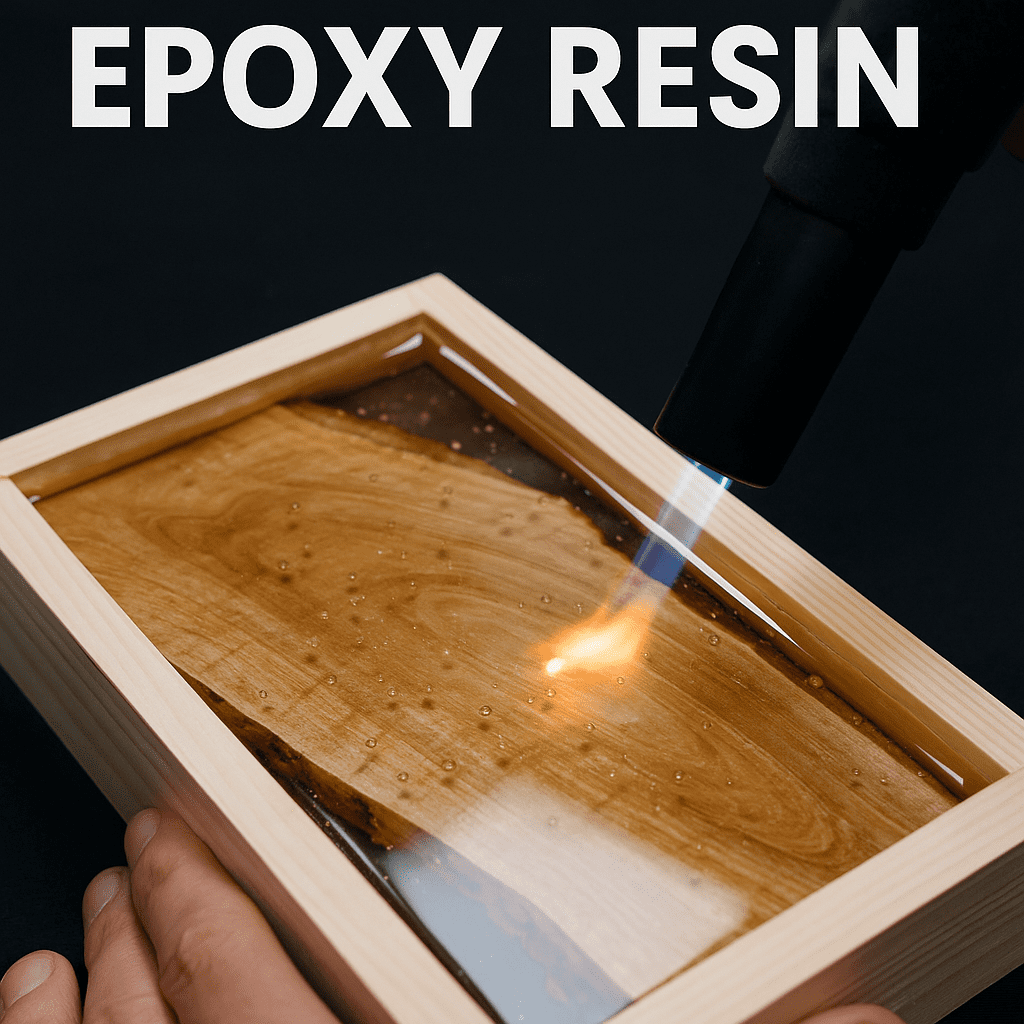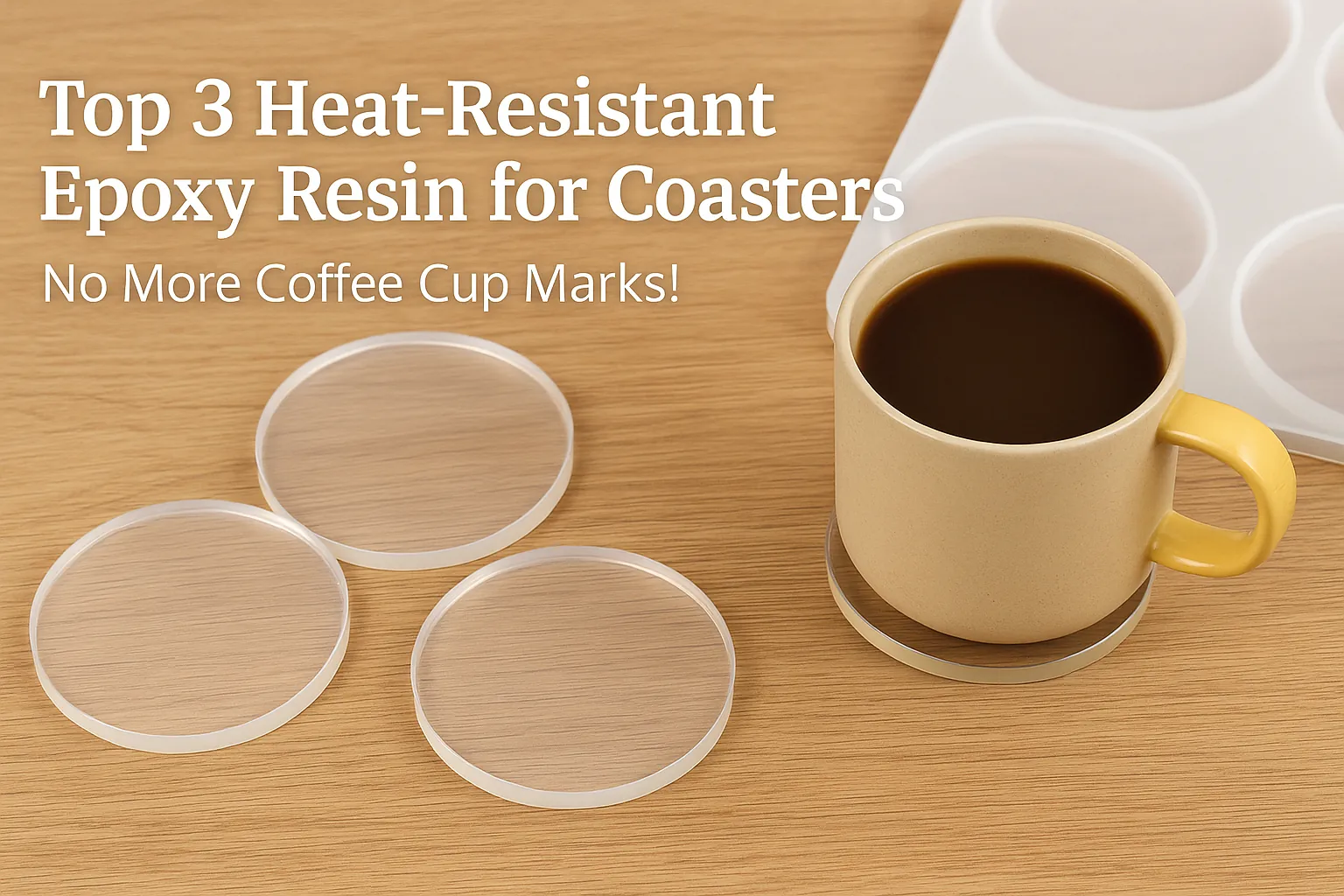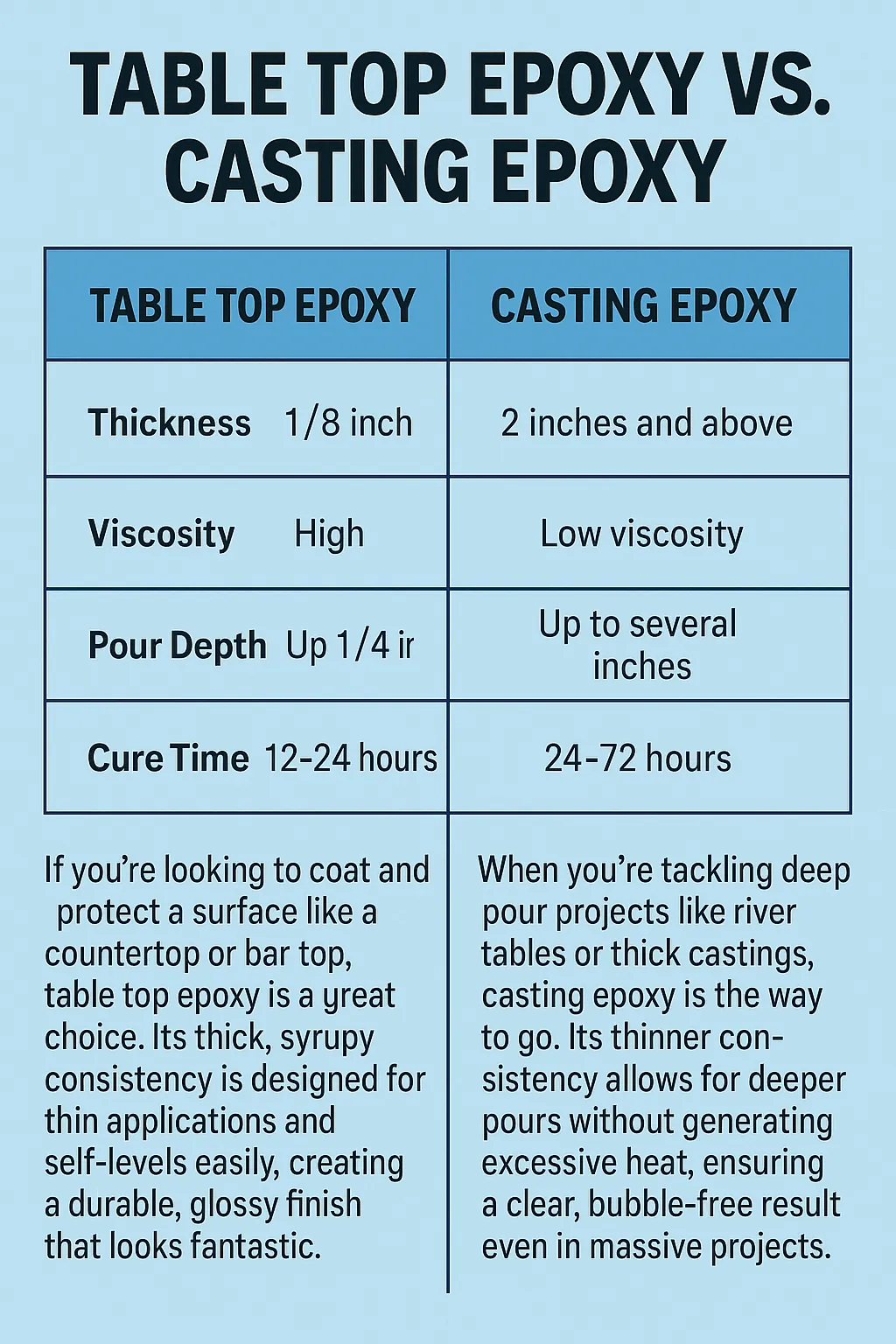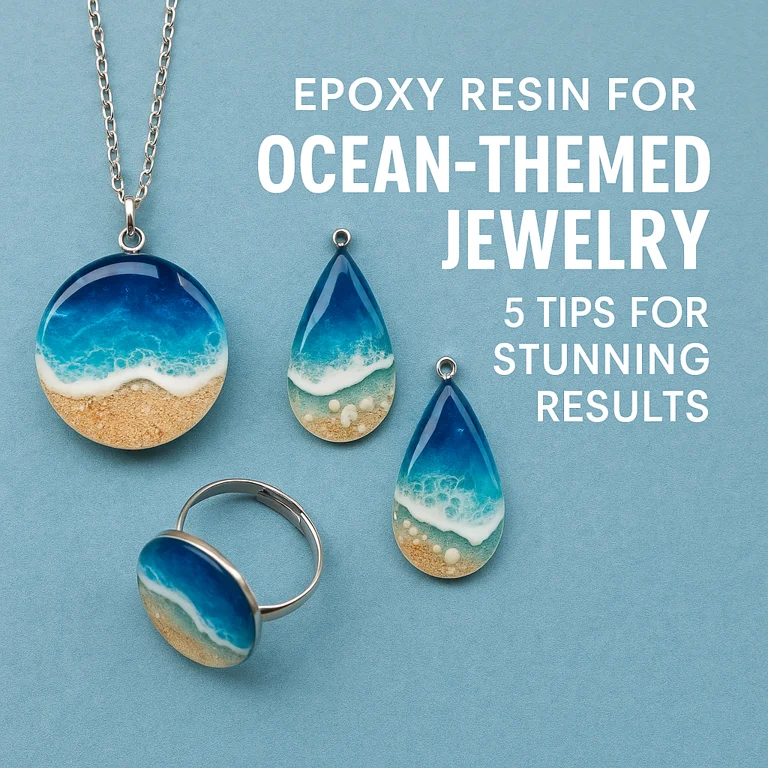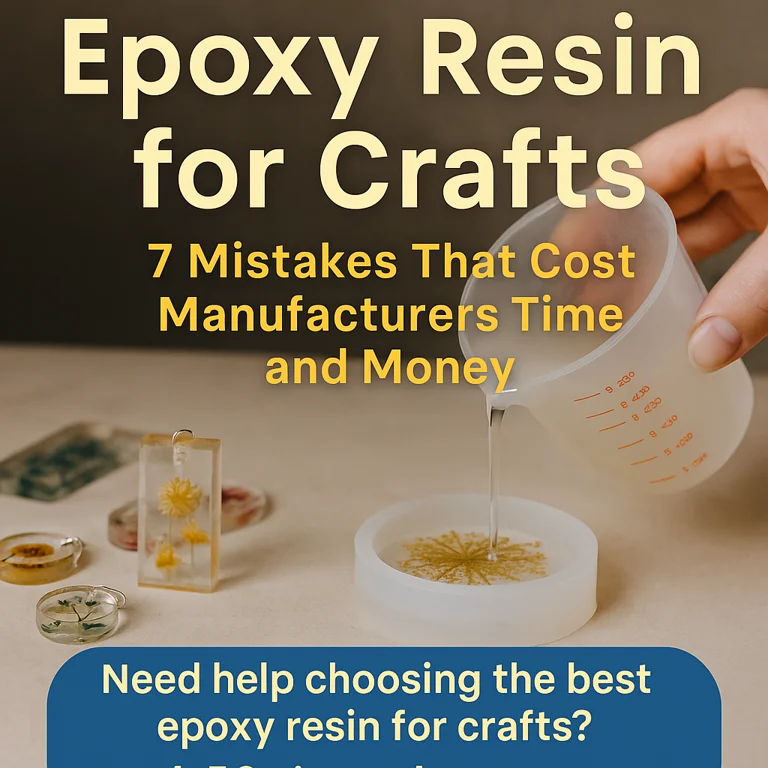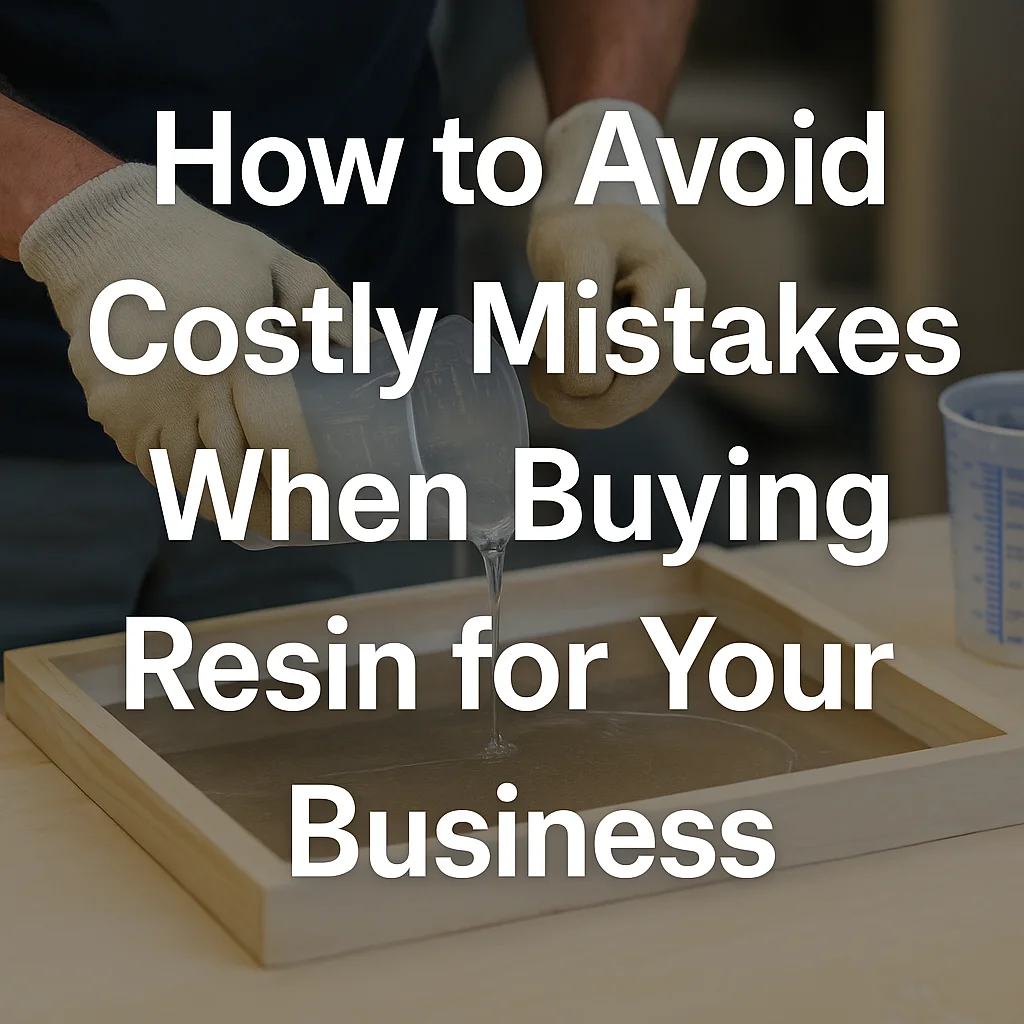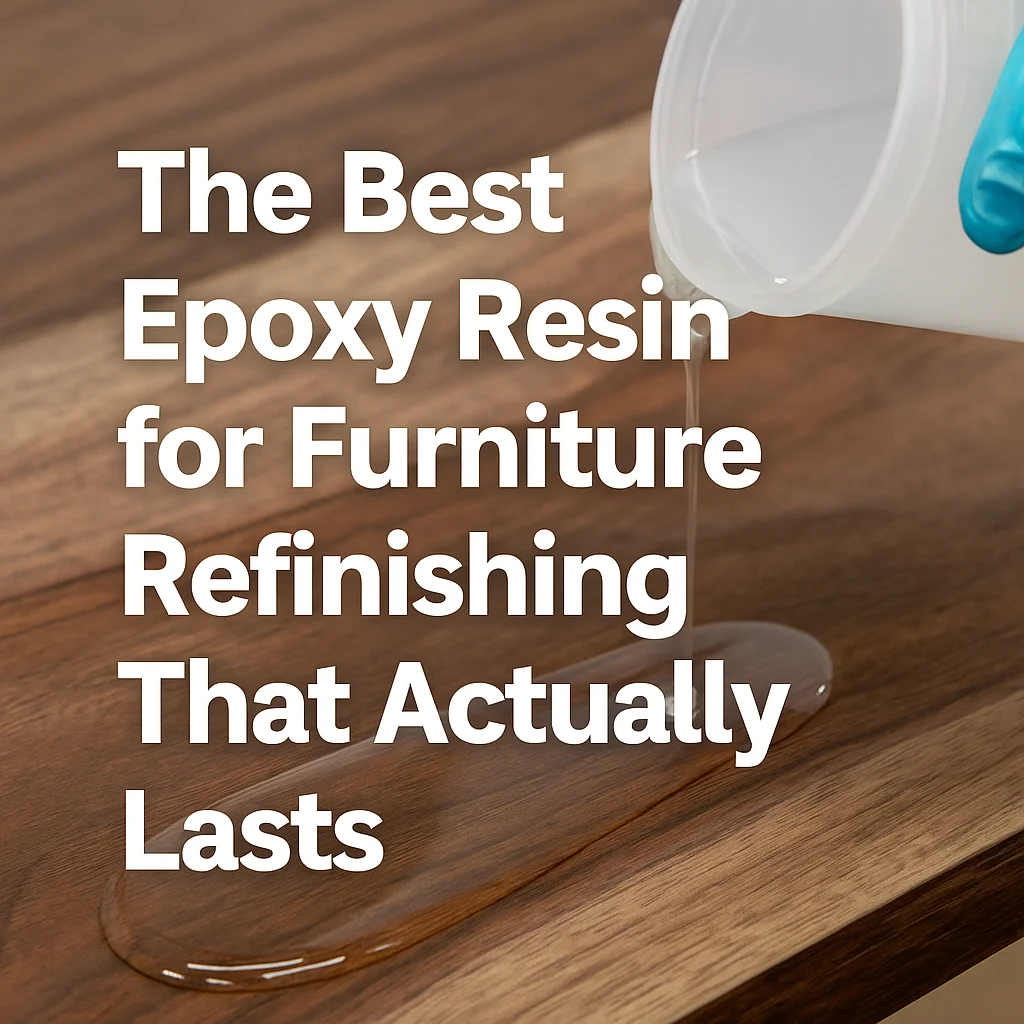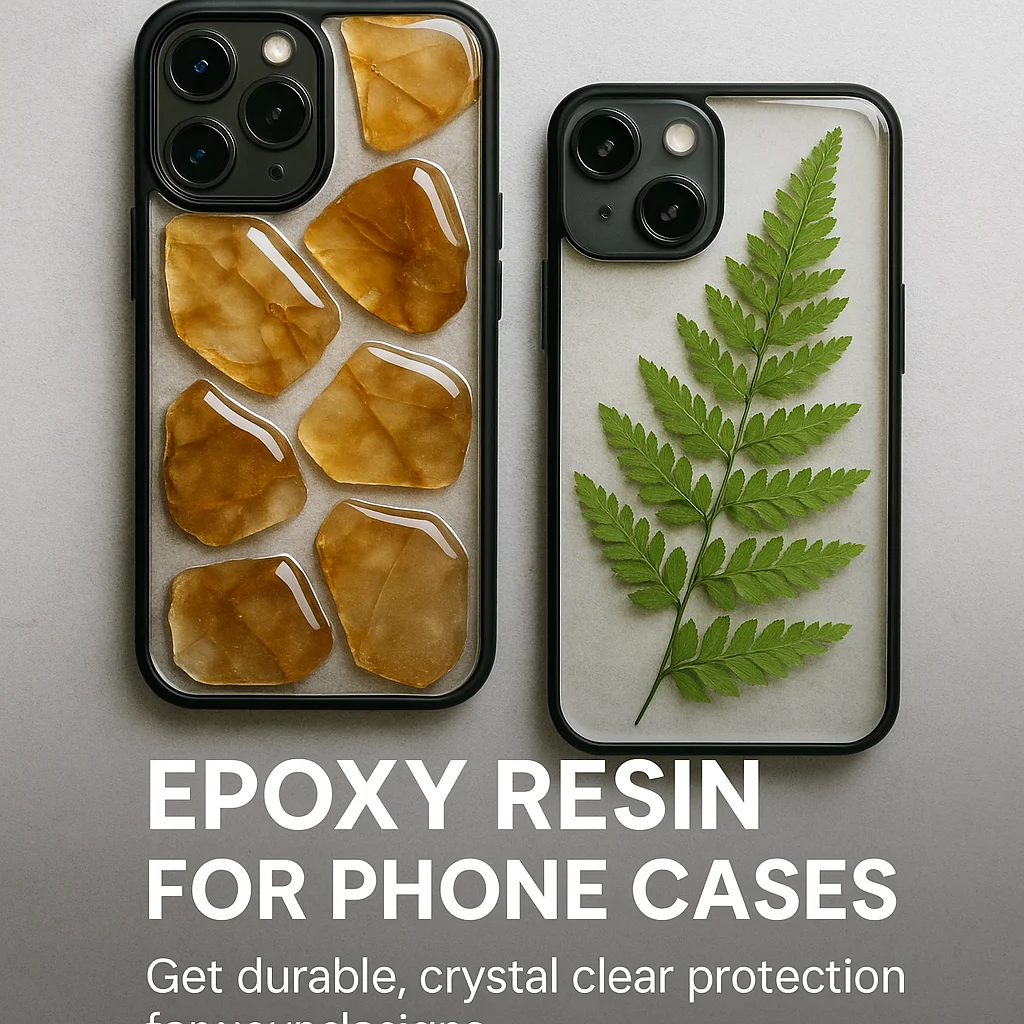Bubbles in epoxy resin can ruin an otherwise perfect project. Whether you’re crafting coasters, coating a table, or sealing art, knowing how to remove bubbles from epoxy resin is the key to achieving a smooth, crystal-clear finish. Let’s break down the causes, methods, and prevention strategies in plain, actionable language.
Heat-resistant epoxy resin for coasters is essential if you’re tired of seeing cup rings or soft spots from hot coffee mugs. Many first-time DIYers discover this the hard way—standard epoxy simply can’t handle heat over 120°C (248°F), which most mugs easily reach.
Looking for the best epoxy resin for coasters? Whether you’re new to resin crafts or just want a product that won’t crack or bubble—this guide explains everything you need in simple, clear language. We’ve tested top-rated formulas perfect for making heat-resistant, high-gloss resin coasters at home.
If your epoxy resin still sticky after hours—or even days—you’re not alone.
I remember my first big resin pour on a walnut tabletop: it looked like liquid glass under the shop lights,
but the next morning it was tacky, leaving fingerprints. Let’s look at why epoxy resin still sticky
happens and, more importantly, how to fix it so you get a crystal‑clear, rock‑hard finish every time.
Creating ocean-themed jewelry is all about capturing the beauty and tranquility of the sea. Whether you’re making pendants, rings, or earrings with ocean designs, epoxy resin is the perfect medium for achieving stunning results. It provides clarity, durability, and flexibility—perfect for showcasing the vibrant colors and textures of ocean-inspired pieces.
If you’re using epoxy resin for crafts, you already know how important clarity, hardness, and curing time are. But even experienced manufacturers lose money due to hidden issues—yellowing, sticky surfaces, or cracking after shipment.
In this guide, we’ll uncover 7 common mistakes craft resin manufacturers make—and how to avoid them with the right resin formulas, curing methods, and supplier support.
You’ve got the orders. The market demand is real. You’re ready to scale your workshop or factory. But then… things start to go wrong:
Your product warps after curing
The surface turns yellow in just a few weeks
Customers complain, returns pile up, and margins shrink
Cheap or mismatched resin can quietly sabotage your business. We’ve seen it happen more than once.
You’ve spent hours sanding, staining, and refinishing that old table or vintage cabinet. It looks amazing for the first few months—but then the surface begins to dull, crack, or yellow. Sound familiar?
This is one of the most common complaints we hear from both furniture makers and restoration professionals. The culprit? Often, it’s the wrong coating choice—or worse, skipping protective coating altogether.
If you want your refinished furniture to last for years—not just a season—a high-performance epoxy resin for furniture refinishing can be the game-changer.
Epoxy resin for phone cases plays a crucial role in both visual appeal and durability. Whether you’re crafting handmade resin cases or applying a glossy dome layer, using the right epoxy ensures a smooth, glossy, and long-lasting result.

